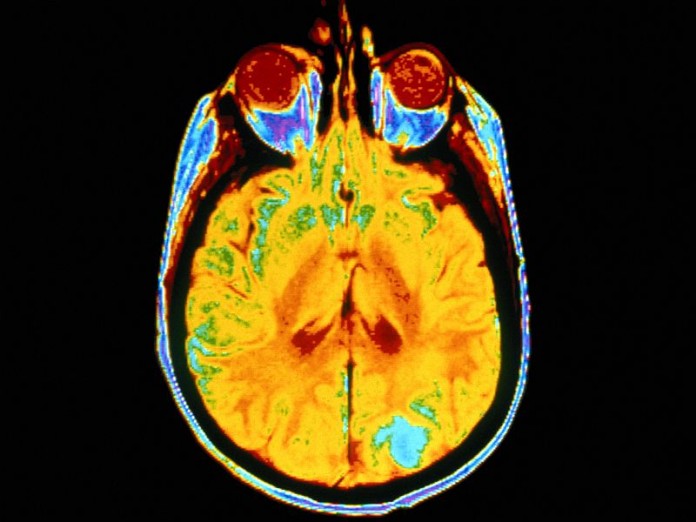CHICAGO, March 13, 2016 (HealthDay News) — Toxic buildup of a protein in the brain’s language centers may help drive a rare form of dementia that causes people to lose their ability to use language, a new study finds.
Researchers at Northwestern University in Chicago used high-tech imaging to track the buildup of amyloid protein in the brains of people with the language-loss dementia, called primary progressive aphasia, or PPA.
They compared those findings to amyloid buildup in the brains of people with memory loss related to Alzheimer’s disease.
Both illnesses are strongly linked to an accumulation of amyloid protein in the brain, the researchers noted.
Patients with PPA had more amyloid in the left side of the brain, where language processing occurs, than on the right side of the brain, the researchers reported recently in the Annals of Neurology.
On the other hand, patients with Alzheimer’s-related memory loss had equal amounts of amyloid on both sides of the brain.
“By understanding where these proteins accumulate first and over time, we can better understand the course of the disease and where to target treatment,” lead investigator Emily Rogalski said in a university news release.
“It is important to determine what Alzheimer’s looks like in PPA, because if it’s caused by something else, there is no sense in giving a patient an Alzheimer’s related drug, because it would be ineffective,” said Rogalski.
She is research associate professor at Northwestern’s Cognitive Neurology and Alzheimer’s Disease Center.
Previously, amyloid buildup in the brain could be detected, and a diagnosis of Alzheimer’s disease made, only after a person died. The new technology used in this study is called Amyloid PET Imaging. It enables researchers to track amyloid accumulation over time.
“This new technology is very exciting for Alzheimer’s research,” study first author Adam Martersteck, a graduate student in Northwestern’s neuroscience program, said.
“Not only can we tell if a person is likely or unlikely to have Alzheimer’s disease causing their PPA, but we can see where it is in the brain. By understanding what the brain looks like in the beginning stages of Alzheimer’s, we hope to be able to diagnose people earlier and with better accuracy,” he explained.






